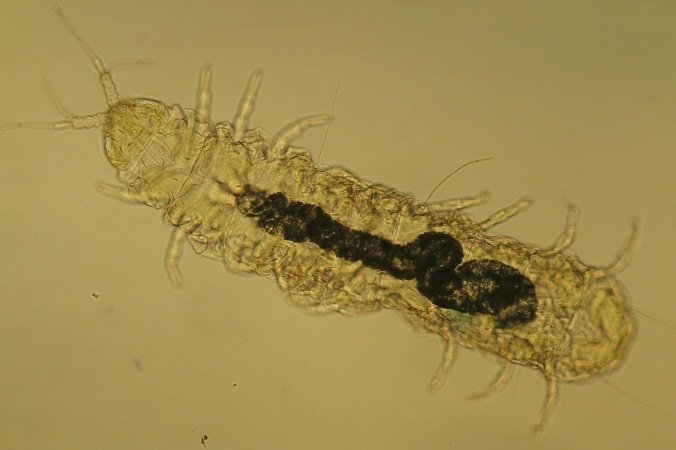In the soil coexist millions of living beings indispensable for the fertility and health of the soil, these are of multiple sizes some are so small that to see them you must use a microscope, these are called microorganisms. others that are not so small are observed.



▶ However, their size is small, their identification depends on the use of a magnifying glass or a stereoscope, in addition, there are the larger organisms such as worms, nematodes, hundred feet, which are called mesofauna or macrofauna.

▶ Credits: Intechopen. – [Image of Public Domain]
≕ I invite you to stay tuned and read my next contribution ≔
The soil functions as a stomach, since it is added organic matter, the natural food of the soil, which digests and makes available to plants as nutrients proteins, amino acids and vitamins. The soil to fulfill this function must have an active microbial flora or microfauna, which must be protected and increased by providing organic matter.
With optimal conditions, microbial life and mesofauna (bacteria, fungi, actinomycetes, yeast, protozoa, insects and nematodes) will degrade the organic residues and will be able to nourish the plants.
This is done through the microbial flora, which, being very small organisms (unicellular), prefer to feed on organic matter outside their bodies. Once the nutrients are digested and dissolved, they absorb them through the cell membrane, releasing metabolites and a large amount of enzymes into the soil solution.

Among the enzymes that are absorbed are ureases, catalases, invertases, phosphatases, which increase the enzymatic potential of the soil, which is why the soil is not more active because of the population of microorganisms, but because of the concentration of enzymes, this potential facilitates the availability and absorption of nutrients for the plant.
NOTE: Reference material.
Some time ago I read a meme that said something like:
"Lazy farmers grow weed
Good farmers grow food
But the best farmers...
The best farmers grow soil"
Good info, thanks for sharing